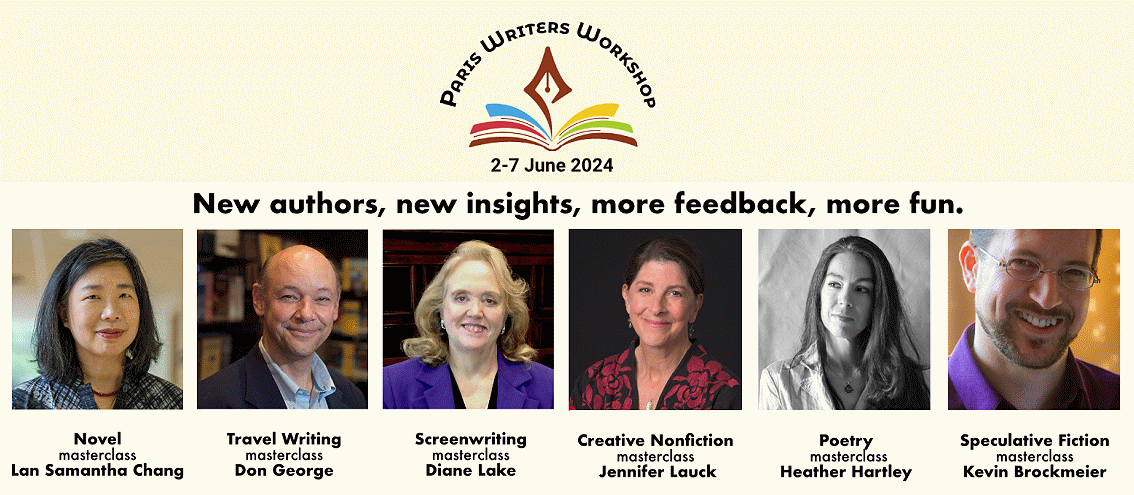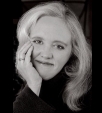
From Idea to Script to Sale





Before I get to today’s blog…
Thinking about doing more with your writing? Why not join me in Paris June 2-7 for my Masterclass in Screenwriting? Come be part of a dynamic community of writers and literary agents to learn, to write, to network, to energize your literary goals—and just to have fun in the City of Light!
The Paris Writers Workshop is the longest running literary program of its kind. This program offers 6 masterclasses by renowned authors, each a specialist in their field—and I’ll be teaching the Screenwriting Masterclass—in English, of course.
The workshop will be held at Columbia University’s beautiful Reid Hall campus in the heart of literary Paris—Montparnasse.
Registration is now open: https://wice-paris.org/paris-writers- workshop
We’ll have a great time getting your story ideas off the ground!!

New Year’s Films 3 – The Poseidon Adventure
Shall we head into the depths on New Year’s Eve?
It was 1972 when The Poseidon Adventure, by Stirling Silliphant and Wendell Mayes burst onto the scene. It was a huge hit—it was everyone’s guilty pleasure. And how did it come about? Because a writer had an idea. And the idea was inspired by real life.
This film was based on the novel by Paul Gallico. And how did he get the idea? He was actually on the Queen Mary on a transatlantic crossing when, one morning in the dining room, a freak wave struck the ship and sent diners, tables and food flying to the other side of the room. He then learned of a similar incident that happened to the ocean liner during World War II. In that scenario, the Queen Mary was being used as a troop ship and a wave hit it that tilted the ship so badly that if it had tilted just a few more inches, it would have capsized just like the ship in The Poseidon Adventure. So art imitates life—via a writer’s imagination.
This film has its feet firmly in the disaster genre. There were a lot of disaster films in the 70s, but this was always considered one of the best. Not only did it have heart-pounding action sequences and excellent special effects [especially for its time] but it had characters you could relate to, characters who were interesting.
Take a look at the trailer—it’s long but it really gives you a sense of the variety in the film: https://www.youtube.com/watch?v=dd03qev59Jo
And to add to the adventure, as you can see from the trailer, the ship capsizes just as everyone is celebrating New Year’s Eve.
So that’s another way to think about a New Year’s or New Year’s Eve story. Because if you juxtapose one thing [a disaster in this case] against the loveliness of raising your champagne glass to toast the new year, you’ve hooked your audience into wanting to see what happens.
Sure, the film was all about the special effects and the stunts—showing how people could cope with the ship being upside down and slowly filling with water. It was scary, creepy fun. But it wouldn’t have worked if we didn’t care about these people. We had to really want them not to die, to save themselves, to somehow get out of a situation that would surely lead to death.
And that’s your work—to create characters that are compelling enough to engage audiences, to create a story that’s full of nail-biters as the action unfolds, and to keep that pacing at a fever pitch so that the audience won’t want to turn away and miss a minute.
It’s hard work. And it requires a lot of planning to write a disaster film like this—you have to be super careful of the logistics as you write and be able to write scenes in a fashion that the reader reading your script with only the words on the page can clearly visualize all the action.
Disaster and New Year’s—a killer combo.
Next week, we’re spending New Year’s in the 80s in a wild comedy.
Copyright © Diane Lake
09Jan22